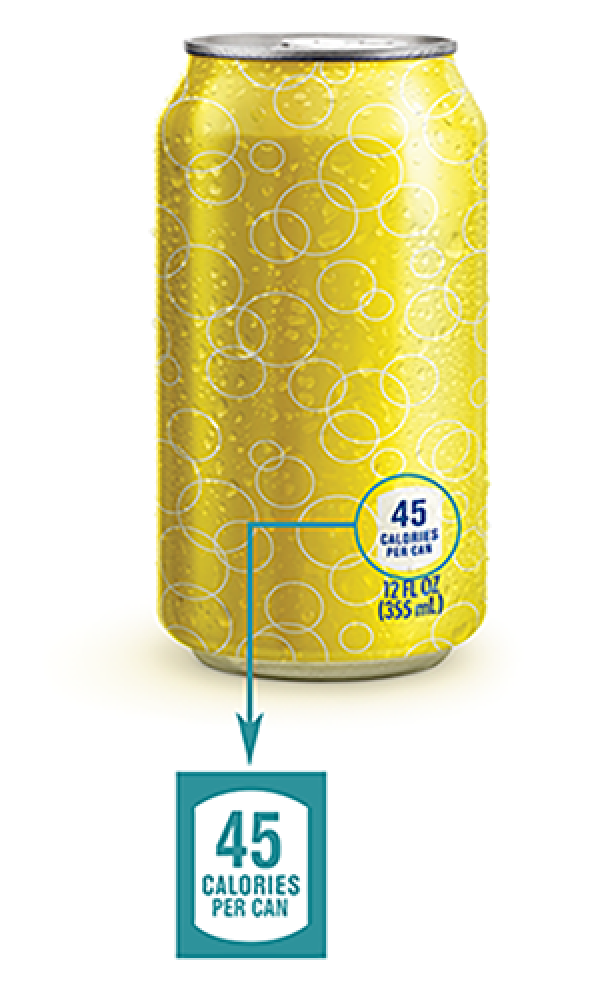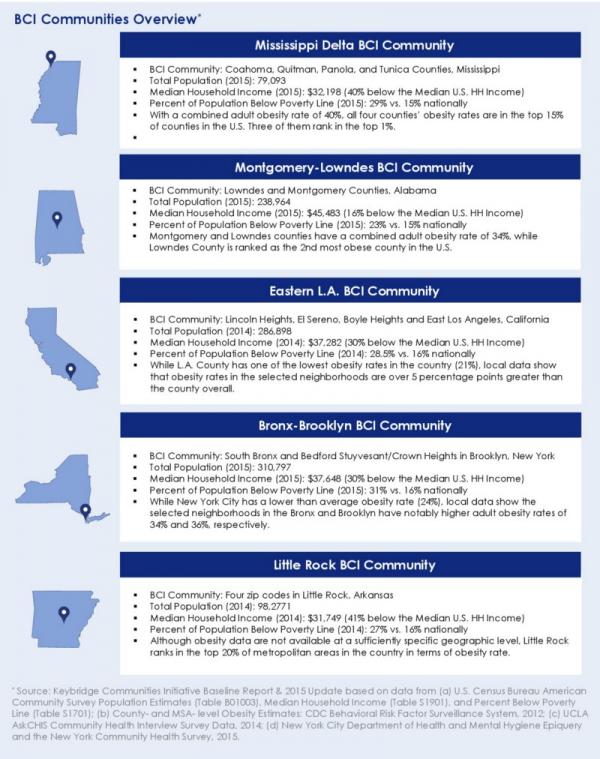June 28, 2017
Working to Reduce Calories & Sugar in Beverages
Did you know we drink, on average, 199 calories, from our beverages each day? It adds up quickly. Think about the orange juice and coffee you have in the morning, the sports drink when you take a hike, the iced tea you have at lunch, and maybe the soda you have with dinner.
Around the country, there have been many efforts to help educate and inform consumers about the amount of calories and sugar they consume from beverages. City governments, non-profits and beverage companies themselves — who feature the calorie count on the front of every bottle, can and pack they make — are all working to ensure we know exactly what we are drinking. Equally important to information, we must ensure we provide families — regardless of where they live — with equal access to a wide range of beverage options so they may purchase healthier alternatives.
Healthier Generation has been working to increase access to healthier foods and beverages since our founding.
One of our first partnerships with the business sector was with the beverage industry to remove regular soft drinks and provide appropriate portion sizes of lower-calorie and smaller-portion options to children during the school day.
As a result of our work together, there has now been more than a 90 percent reduction in calories from beverages shipped to American schools since 2004.
We weren’t satisfied with stopping there. We came together again with representatives from the American Beverage Association, The Coca-Cola Company, Dr Pepper Snapple Group and PepsiCo to announce another landmark agreement — this time to decrease beverage calories in the overall American diet.
The beverage industry committed to reducing beverage calories consumed per person nationally by 20% by 2025.
And while we seek to achieve that 20% reduction across the nation, it is absolutely essential that we make increasingly stronger efforts in neighborhoods where, for a variety of reasons, there has been less access to as many choices as elsewhere in the country. Our families and children need and are welcoming this access and encouragement to select bottled water, reduced-sugar and smaller-portions over what they have traditionally selected.
We began our work nationally in January 2015 and throughout the last two years began focused efforts in 5 specific communities where it is important to “double-down,” with the intention of working in this intensive way in 3–5 more communities over the next few years.
The beverage industry will continue their efforts towards our common goal in these communities to leverage their marketing, innovation and distribution strength to help stores and restaurants shift the available options, and help consumers reduce calories and sugar they consume from beverages.
Most importantly, we are working closely with the beverage industry to track and evaluate the effort — measuring progress against the goal and also learning best practices about sustainable behavior change that we can share with other communities and industries.
As we began this 10-year effort, measuring the baseline condition was essential to understanding where we are starting from and determining where we are going. We work with an independent, third-party evaluator, Keybridge LLC, who calculated this baseline and will monitor progress through 2025.
Two years in, our work is just beginning to take visible form in some parts of the country. We will be sure to share our progress and learnings throughout the entire process and 10 year period. While the beverage companies will be ultimately responsible for working toward this ambitious goal — we will be working alongside them to provide feedback on strategies they employ, introduce them to appropriate community stakeholders and partners, and ultimately, hold them accountable to their commitment.
Working with the beverage industry is not always the most popular choice for a public health organization. However, Healthier Generation believes it is essential to use every tool and resource we can to ensure our children are healthy. As President Clinton, one of our founders recently said, “when people and organizations join together in networks of creative cooperation, they can solve problems better, faster, and at lower cost than any single person or organization could do alone.”



